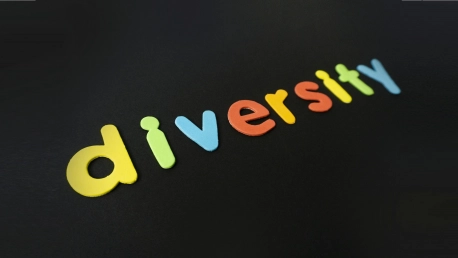In Britain, as businesses strive to expand diversity and inclusion training, a significant backlash has been revealed by a survey of viewers from the GB News channel. From 767 individuals polled, an overwhelming 99% believe that the current push for diversity education is excessive. This stark reaction indicates a pronounced disconnect between the aims of such programs and the perspectives of the workforce. The feedback exposes a critical question regarding the impact and consequences of these diversity efforts within the corporate landscape. As resistance mounts, the challenge remains on how to effectively reconcile the goals of inclusivity with the evident skepticism among employees. The outcome of this situation may very well shape the future approach to diversity training in the workplace, as businesses endeavor to create harmonious and inclusive environments without alienating their employees.
Understanding Employee Sentiments
The Pushback Against D&I Training
In the UK, the reaction to diversity and inclusivity training in workplaces is increasingly skeptical. Many employees are casting doubt on the impact and need for such programs. This sentiment echoes a governmental report suggesting that these initiatives might not only be ineffectual but could also harm team unity. As companies strive to embed these principles into daily routines through various means, some staff members see these efforts as merely surface-level. A considerable lack of enthusiasm for these diversity strategies particularly stands out among GB News viewers, reflecting broader skepticism. The figures highlight a clear discord between the intentions behind these training programs and the perception of their value among a segment of the British workforce, indicating that a reevaluation of the approach to promoting workplace inclusivity may be necessary.
The Reality Behind Closed Doors
Though companies outwardly support inclusivity with symbols like rainbow lanyards and policies that profess open discussions on diversity, the reality within the workplace may be more complex. Research by the Free Speech Union highlights a significant trend where employees often conceal their honest views on diversity initiatives, fearful of potential repercussions or losing their jobs. This hidden reluctance to speak openly indicates that current measures may actually hinder the honest exchange of ideas on diversity and inclusion. While companies in Britain openly strive to create diverse environments, the dissonance between their public affirmations and the private reservations of their staff raises questions about the real impact of diversity training efforts in fostering an open and accepting workplace culture.
Efforts and Criticisms of Workplace Diversity
Institutional Involvement and Public Scrutiny
Public sector diversity training, while aiming to create an inclusive work atmosphere, has come under scrutiny for its potential impact on essential services. For instance, some have criticized the Home Office’s mandate for its staff to participate in three diversity activities each day. While the intention to promote inclusivity is commendable, there are concerns that this could shift focus away from a public agency’s fundamental duties. This situation illustrates the delicate balance between advancing workplace diversity and efficiently utilizing public resources. As government organizations strive to serve the public interest, establishing clear priorities and managing resources effectively remain crucial. The debate continues on how best to integrate diversity initiatives without compromising the primary objectives of public service.
Measuring the Impact of D&I Initiatives
Doubts persist regarding the real-world impact of Diversity and Inclusion (D&I) initiatives. Gestures such as mandatory pronoun use or rainbow accessories are sometimes seen as superficial, failing to achieve true inclusivity goals. These actions often spark debate on their effectiveness and sincerity. Meanwhile, there’s a rising tide of skepticism among employees and critics towards diversity trainings, questioning whether they really pave the way for deep-rooted change. The pursuit of workplace inclusivity faces a critical junction; it may be time to overhaul these strategies to ensure they align more closely with the principles of equal opportunity and resonate meaningfully with the diverse workforce. This shift could potentially lead to more substantial progress in creating environments that truly value diversity.









